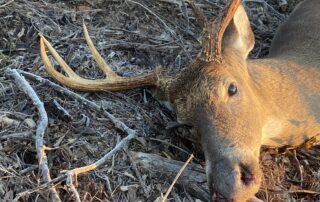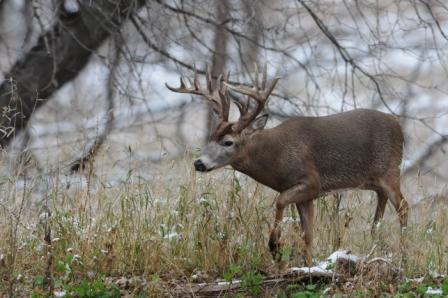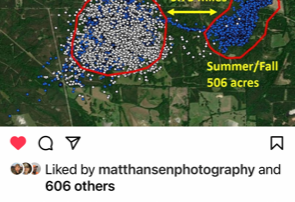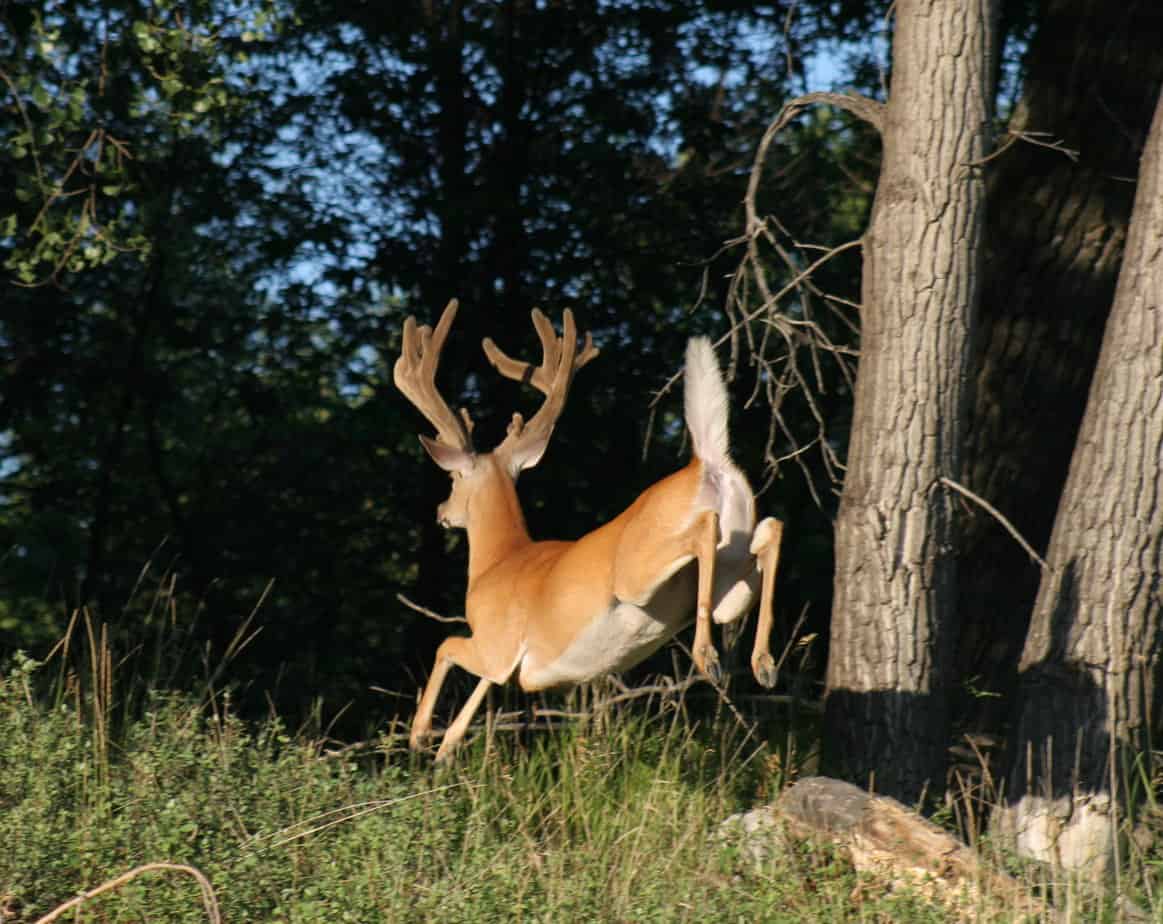Another Bullwinkle Buck W/Swollen Nose Shot In Alabama
Field report from Johnny Sorensen down in Henry County, Alabama: I harvested this 8-point (nearly 17-inch spread with broken brow tine) on December 24, 2021 at approximately 8:00 am in Henry County, Alabama. The deer acted normal in all aspects of a buck in rut. He was emaciated a bit more than you would expect of a rutting buck. I did not weigh him but would guess 120 pounds. As poor as he was, he had obvious signs of fighting and rutting. Multiple bruises about the body were found. He was first observed traveling through woods on a neighboring property and responded to a doe in estrus bleat. He stayed in the wood line on our property and came to [...]





